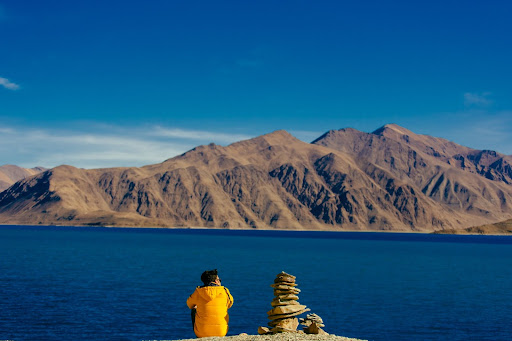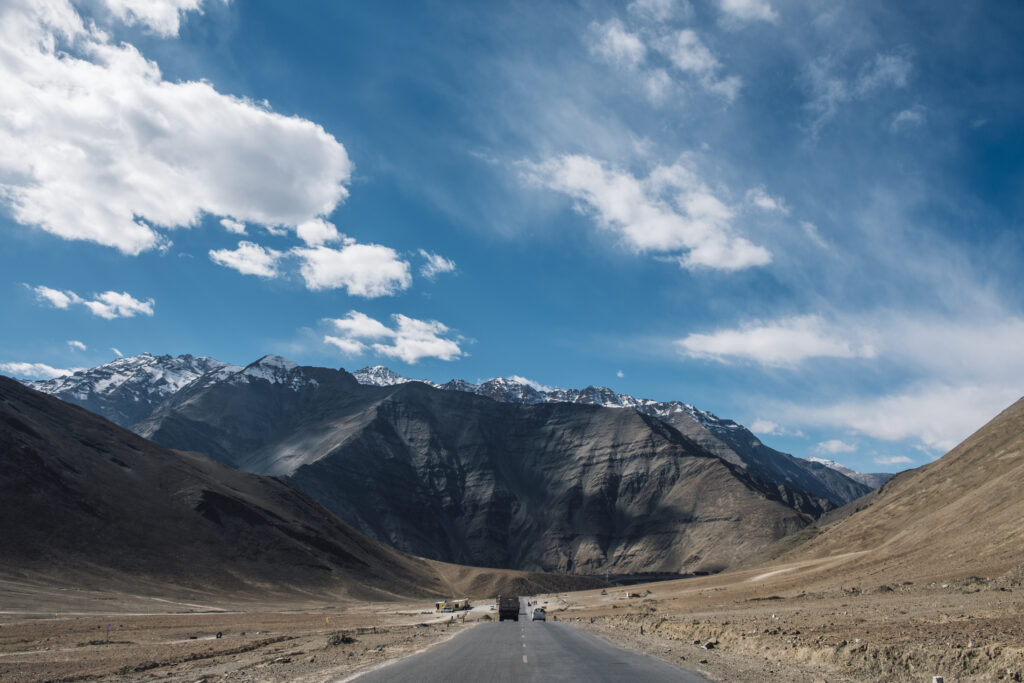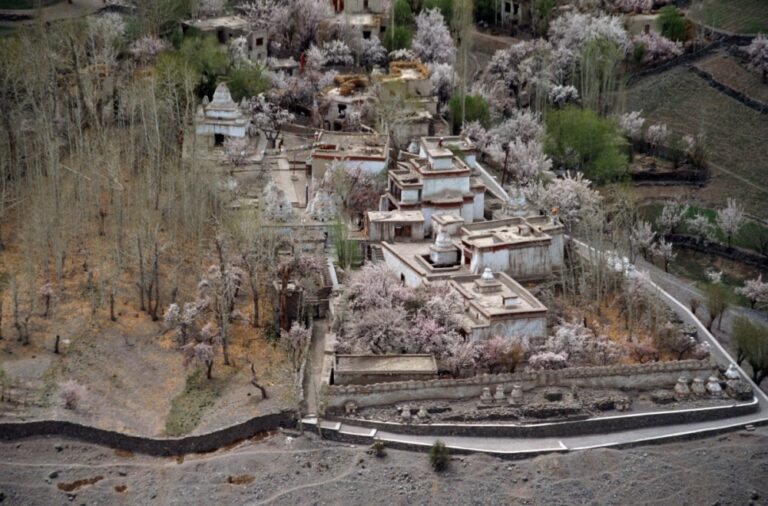
Ladakh, which is inhabited by Indo-Aryans and Tibetans, is one of the region’s least populous locations. Ladakh’s isolated alpine beauty and culture are well-known. It is frequently referred to as “Little Tibet” since it has been greatly impacted by Tibetan culture.
Ladakh was originally a Buddhist monarchy that comprised Baltistan and Aksai Chin, both of which are currently ruled by Pakistan and China, respectively. It is the highest plateau in the Indian state of Kashmir, with much of it rising beyond 3,000 metres (9,800 ft). It includes the Himalayan and Karakoram mountain ranges, as well as the upper Indus River basin.
Historically, the region included the Baltistan (Baltiyul) valleys, the Indus Valley, the remote Zangskar, Lahaul, and Spiti valleys to the south, Ngari including the Rudok region and Guge in the east, Aksai Chin in the east, and Nubra valley to the north over the Khardung La in the Ladakh mountain range. Tibet to the east, Lahaul and Spiti to the south, the Kashmir Valley, Jammu and Baltiyul to the west, and East Turkistan’s trans-Kunlun area over the Karakoram Pass to the far north. Make your stay at Best Heritage hotel in Ladakh that offers the true essence of heritage.
Climate

Ladakh’s climate is characterised by extremes due to the region’s elevation range of 2500m to 7500m. Winter lasts from December through February and can reach temperatures as low as -30 degrees Celsius.
Due to ice, snow, and freezing conditions, roads are closed. Ladakhis prepare to spend the winter months indoors during the summer.
Ladakh is best visited from May to October, including the summer months of July and August, when temperatures vary from 20 to 40 degrees Celsius. Ladakh’s summer heat is dry and pleasant. VBB operates only during the summer months, when the roads are open.
Culture

Because of the region’s substantial Tibetan cultural influence, Ladakh is frequently referred to as “Little Tibet.” It is largely a Buddhist area, and religion remains a vital part of the culture. Thikse, Alchi, Hemis, and Lamayuru are just a handful of the area’s well-known monasteries, all of which exhibit distinctive Tibetan architectural traits.
Despite Kashmir’s political upheaval, Ladakh has remained a calm place. The interiors are adorned with lavishly painted paintings linked with mystical Tibetan Buddhism. During the summer, outdoor festivities such as local polo games, archery, and folk dance are popular.
Food
Leh’s gastronomic offerings range from rich, creamy Kashmiri food to North Indian-style thali restaurants to traditional Ladakhi cuisine at Ladakh’s premier hotels.
Many Leh eateries provide a delectable Chicken Jalfrezi as well as a broad vegetarian menu. Those who appreciate scrumptious creamy foods and subtle curry flavours should pay a visit to one of the many Kashmiri eateries.
During the summer, Leh is a lively tourist attraction with excellent apple pies and bread, as well as Italian, French, and Israeli food, to mention a few.
Try a cardamom and mint Kashmiri tea, or visit one of the famous Indian chai and dessert stores. Plan a vacation to Ladakh and enjoy the incredibly beautiful cold desert while staying in our Luxury hotel in Ladakh.

